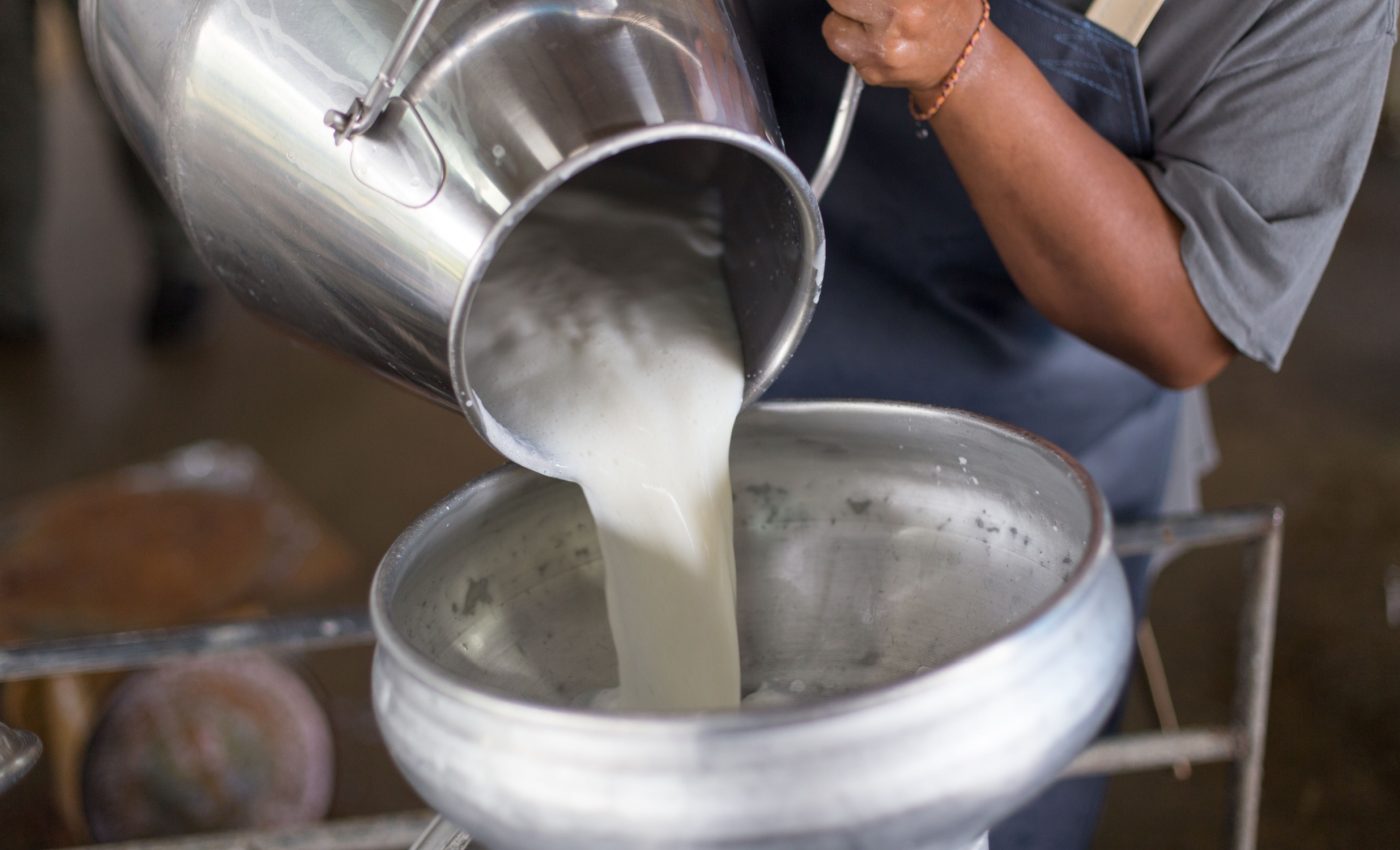
Milk prices are rising with the heat around the world due to production issues
Milk, a staple in countless diets worldwide, now faces an uncertain future. As climate change accelerates, its effects are being felt far beyond melting glaciers and rising seas.
One of the most troubling consequences is unfolding silently in dairy farms – where heat is becoming an ever-present threat.
Heat stress in cows is not new. Dairy farmers have long dealt with summer slumps in milk production. But today’s climate shifts are not just occasional hurdles. They are becoming regular, intense, and prolonged.
Scientists now warn that the future of milk production could face irreversible changes, with major impacts on food supplies and farmer livelihoods.
A recent study offers deep insight into this challenge. It reveals that extreme heat reduces milk yields by up to 10 percent, and cooling systems are only partly effective. The results highlight the limits of technology in fighting nature’s heat waves.
Extreme heat is cutting milk production
The study examined 320 million daily records from Israeli dairy farms over 12 years. It shows that extreme humid heat reduces milk yield by up to 10 percent. These effects linger beyond 10 days.
“Climate change will have wide-ranging impacts on what we eat and drink, including that cold glass of milk,” said Eyal Frank, an assistant professor at the Harris School of Public Policy.
Even farms with the best technology could only offset less than half of these losses.
Israeli farms offer global insights
Israel’s dairy sector uses advanced technology and operates under government-controlled milk prices.
The researchers gathered data from more than 130,000 cows. They also surveyed 306 farmers on their heat mitigation strategies, including cooling technologies.
“The dairy industry in Israel is a good testbed because farms are scattered throughout the country and experience a wide range of temperatures and humidity that represent conditions for top milk producing countries around the world,” noted Ram Fishman, associate professor of Public Policy at Tel Aviv University.
Humid heat causes sharp milk declines
The study shows milk yields fall sharply when wet-bulb temperatures exceed 26°C (78.8°F). Wet-bulb temperature captures both heat and humidity, making it more accurate for gauging heat stress.
When cows face these conditions, production drops by nearly 10 percent. It also takes more than 10 days for milk output to recover.
Cooling systems, such as fans and sprinklers, help but lose effectiveness as temperatures rise.
Cooling helps, but only partially
Cooling equipment can cut losses by about half on moderately hot days. However, on hotter days, this protection weakens.
Farms typically recoup cooling costs within 1.5 years, making it a profitable, though incomplete, solution.
“Dairy farmers are well aware of the negative impacts that heat stress has on their herds, and they use multiple forms of adaptation,” says Ayal Kimhi, associate professor at the Hebrew University of Jerusalem.
Heat damage to milk
The researchers discovered that heat’s effects on milk production can last longer than previously believed.
Ten consecutive days of humid heat can reduce yields by up to 26 percent. These prolonged impacts suggest that heat stress accumulates, making recovery slow and difficult.
Some farms also shift calving periods and change feeding schedules to reduce heat impacts. These additional tactics offer slight benefits. Farms using both calving and feed adjustments showed better resilience during extreme heat.
Still, the researchers found that these methods offer limited protection compared to the scale of the problem.
Future heat will worsen milk shortages
The research models future scenarios for major dairy-producing countries. Without cooling, these nations may lose up to 4 percent of their annual milk production by mid-century.
India, Pakistan, and Brazil face some of the largest losses. Cooling can reduce some of the impact, but not eliminate it.
The study also highlights that even with cooling, losses persist in countries like the United States and China.
Rethinking dairy adaptation
The researchers found a clear trade-off. Higher-producing cows suffer more from heat stress.
Milk losses are highest during early lactation stages and among older cows that produce more milk. This trade-off raises concerns about the long-term sustainability of high-output dairy systems.
The study raises questions about current dairy farming practices. Full indoor housing can reduce heat exposure but introduces new problems, like stress from confinement.
“Our research underscores the value and the limitations of cooling technologies and other efforts taken by dairy farmers to adapt to climate change,” said Claire Palandri, a postdoctoral scholar at the Harris School of Public Policy.
Palandri urges policymakers to explore alternative ways to ease heat stress on cows, such as reducing confinement or allowing more natural behaviors, to protect milk production in a warming world.
The study is published in the journal Science Advances.
—–
Like what you read? Subscribe to our newsletter for engaging articles, exclusive content, and the latest updates.
Check us out on EarthSnap, a free app brought to you by Eric Ralls and Earth.com.
—–













